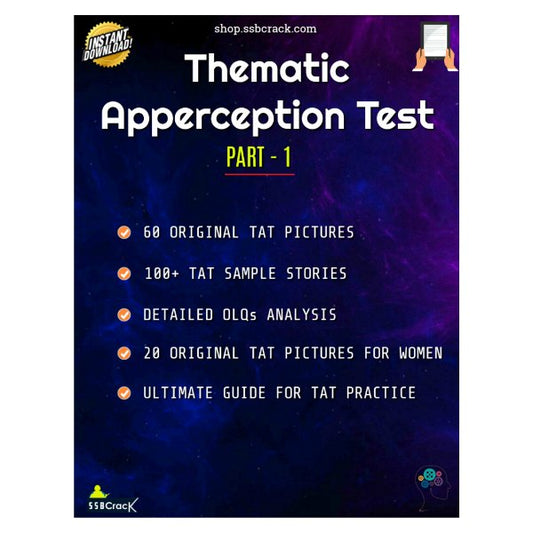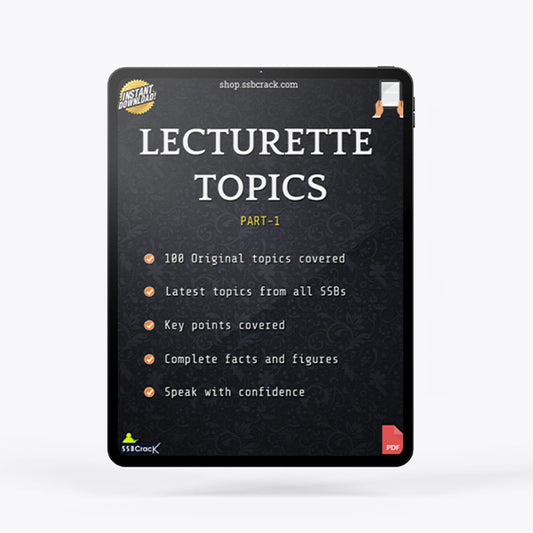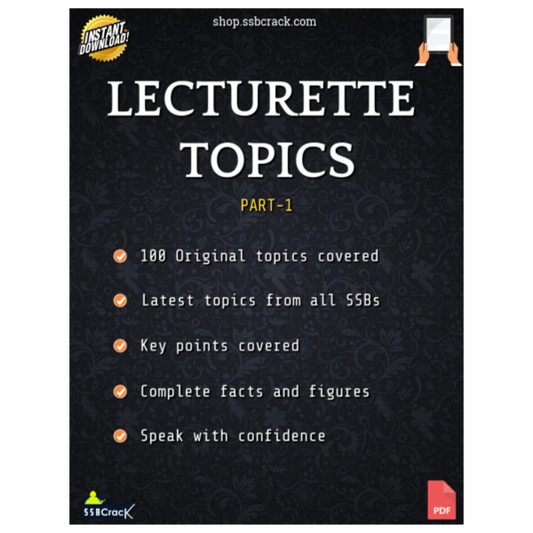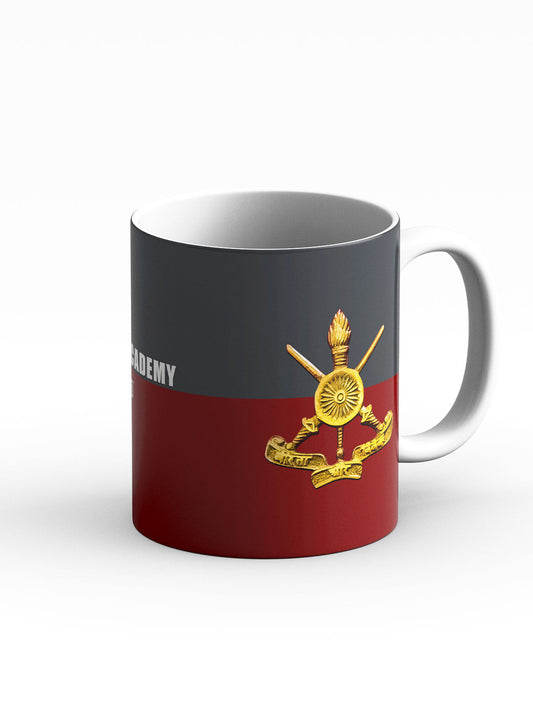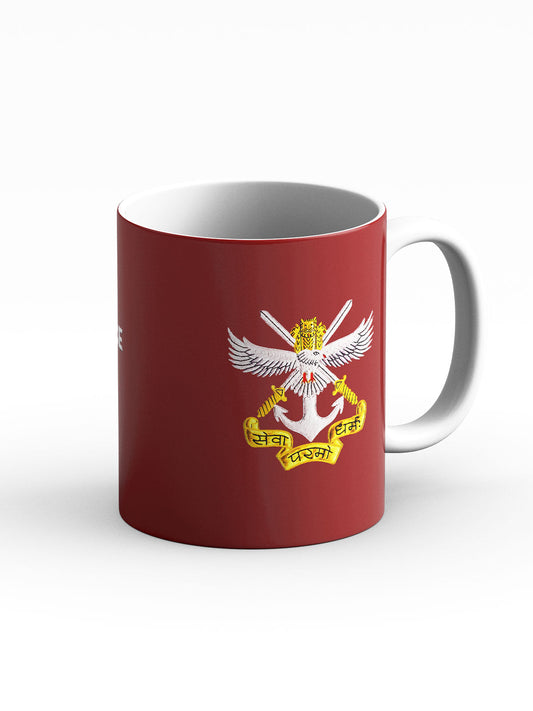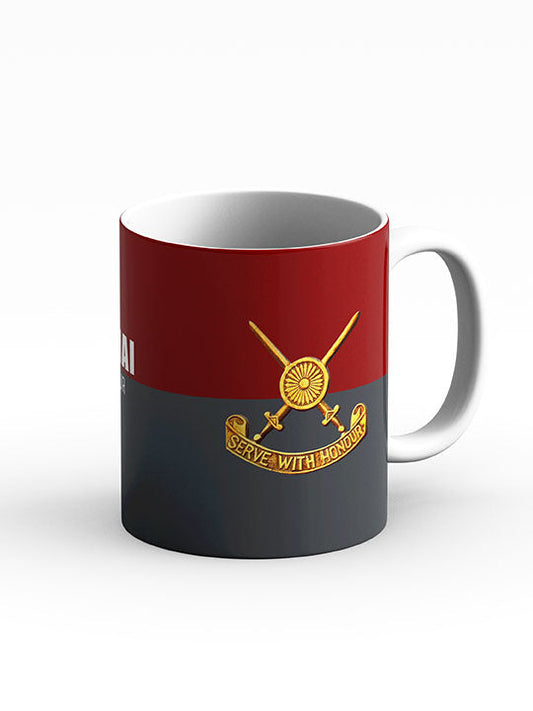What Is the Thematic Apperception Test (TAT) in SSB Interview?
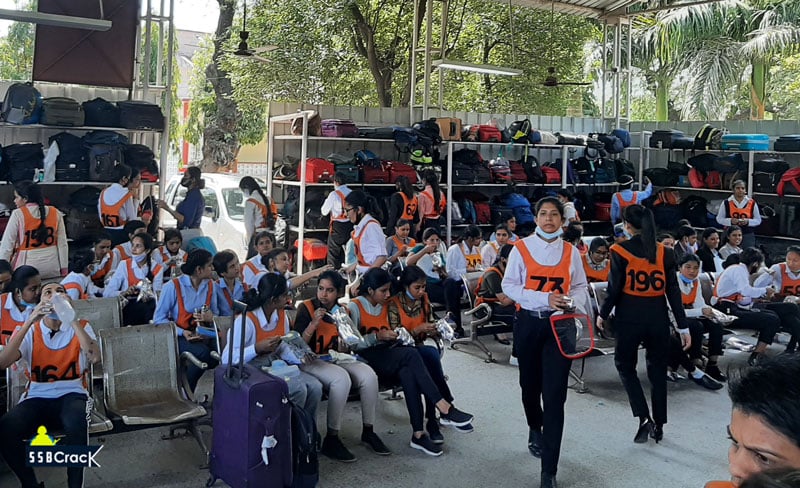
The Thematic Apperception Test (TAT) holds significant importance in psychological evaluations during the Services Selection Board (SSB) interviews—an essential step for candidates aspiring to join India's armed forces. As a projective psychological assessment tool, the TAT is meticulously designed to delve into a candidate's unconscious mind, unveiling their personality traits, emotional responses, and motivational patterns through the medium of storytelling.
In a world where effective leadership, adaptability, and emotional intelligence are crucial for military officers, understanding the nuances of the TAT becomes paramount.
Historical Context of the Thematic Apperception Test
The Thematic Apperception Test was conceived in the 1930s by renowned psychologists Henry A. Murray and Christina D. Morgan at Harvard University. Developed during a time when psychological tests were increasingly gaining traction, the TAT sought to establish a method for evaluating human personality through indirect means. Unlike traditional testing that focuses on direct questioning, the TAT uses images to evoke narratives that reflect the individual's inner thoughts and feelings. Initially, 31 picture cards composed the TAT in its standard form, with each card designed to spark the imagination of the test-taker. Certain cards depict scenes laden with ambiguity, aiming to yield a rich variety of responses. This flexibility and depth have contributed to its widespread use and research interest within psychology.
SSB Interview Books Power Pack: 4 Must Read Books for Defence Aspirants
Rs. 1,760.00
Sale price
Rs. 1,399.00
Let's Crack SSB Interview Book [Paperback]
Rs. 390.00
Sale price
Rs. 360.00
Breaking The Code of SSB Psychological Tests Book - SSB Interview (TAT/WAT/SRT/SD)
Rs. 390.00
Sale price
Rs. 360.00
OIR Test & PPDT Book - SSB Interview Screening Test - Stage 1 Testing
Rs. 490.00
Sale price
Rs. 375.00
The Purpose of TAT in SSB Interviews
Objective of the TAT
The primary objective of incorporating the TAT in SSB interviews is to assess candidates' unconscious motivations, emotional intelligence, and personality dynamics. The military environment, which requires effective communication, leadership skills, and quick decision-making, necessitates a deep understanding of how candidates perceive themselves and others.
Methodology of the TAT
In the SSB context, candidates are typically presented with a series of 12 picture on the screen, although the exact number may vary based on examiner judgment. The candidates are asked to create a story for each picture, detailing:
- What is happening in the scene
- The thoughts and feelings of the characters
- The potential outcomes of the depicted situation
Through this storytelling process, candidates reveal not just their imaginative capacities but also their values, beliefs, and interpersonal relationships.
Scoring and Interpretation of TAT
Unlike standardized tests with fixed scoring systems, the TAT relies upon qualitative analysis. The evaluator scrutinizes each narrative based on:
- Content: What themes emerge? Are they oriented toward achievement, interpersonal relationships, or conflict?
- Emotional tone: Is the story predominantly positive, negative, or neutral? How does the candidate express feelings of stress, joy, or anger?
- Behavioral analysis: How does the candidate present themselves during the storytelling? Are they confident, hesitant, or excessively introspective?
This interpretive approach allows for an in-depth understanding of the candidate's personality, offering insights into their emotional control, self-perception, and social attitudes.
SSB Interview Study Material 2025 [ Pack of 17 eBooks ]
Rs. 1,313.00
Sale price
Rs. 499.00
Thematic Apperception Test (TAT) Part 1 eBook [100+ Stories]
Rs. 150.00
Sale price
Rs. 139.00
SSB Lecturette Topics Part-1 eBook [100 Topics]
Rs. 149.00
Sale price
Rs. 125.00
OIR Test eBook with 20 Practice Sets - [1000+ Questions Included]
Rs. 250.00
Sale price
Rs. 199.00
The Role of TAT in SSB Interviews
Assessment Criteria
In the high-stakes environment of SSB interviews, the TAT serves as a critical component in evaluating a candidate's potential as a military officer. Key qualities assessed include:
- Leadership Skills: How do candidates envision themselves in positions of authority?
- Decision-Making: How do they navigate complex scenarios in their stories?
- Emotional Stability: How do they respond to conflict, stress, or interpersonal challenges?
These qualities are indispensable for a military officer responsible for making informed decisions while managing personnel and resources.
Comprehensive Evaluation Through Holistic Testing
The TAT is one aspect of a multi-faceted psychological assessment that also includes other techniques like the Sentence Completion Test and the Picture Perception and Description Test. This comprehensive evaluation framework provides a well-rounded profile of the candidate's personality and behavioral tendencies. The integration of multiple testing methods ensures that the psychological evaluation is thorough and multifaceted, essential for determining candidate suitability in the armed forces.
Facts and Figures Supporting the TAT
- Development and Adaptation: Originally developed for broader psychological assessment in clinical settings, the TAT has been adapted over time for various uses, including educational and military assessments, making it one of the most researched and popular projective tests.
- Clinical Application: Over decades, psychological research has validated the utility of TAT in diverse cultures, which indicates its adaptability. While not specifically tailored for the Indian context of the SSB, its flexibility allows examiners to understand cultural and personal insights across different settings.
- Emotional Insights: Numerous studies suggest that projective tests like the TAT can yield significant insights into an individual's emotional landscape, helping psychologists draw correlations between storytelling themes and real-life behaviors.
Real-World Applications and Case Studies
Personal Stories and Insights
The TAT has been instrumental in assessing psychological profiles in various settings, including educational institutions and corporate environments. Consider a scenario where a candidate, during the TAT evaluation, described a picture of a person navigating a tumultuous sea: In his story, he interpreted the scene as representing life's challenges, wherein he narrated a journey filled with obstacles but concluded with a discovery of resilience. Such narratives often reflect deeper personality traits like adaptability and perseverance—key characteristics desirable in military leadership.
Expert Opinions
Psychologists argue that the TAT brings forth aspects of human behavior that traditional assessments might overlook. Dr. Emily Marshall, a leading psychologist specializing in military assessments, notes, “The TAT opens a window into the candidate's emotional intelligence, allowing us to assess not just what they think but also how they feel and respond to various scenarios.”
Comparative Analysis of the TAT with Other Tests
While the TAT is a vital tool in psychological evaluation, it is beneficial to compare it with some other methods used in SSB evaluations:
- Sentence Completion Test: In contrast to the TAT, this test relies on written responses to incomplete sentences. While it can indicate personality traits, it may not capture the same depth of emotional and narrative-driven insights available through the TAT.
- Picture Perception and Description Test (PPDT): Similar to the TAT, the PPDT also uses visual stimuli to evoke stories. However, the TAT's focus on a broader range of themes makes it particularly adept at uncovering nuanced emotional traits.
Challenges and Solutions in Implementing TAT
Challenges Faced
- Subjectivity: The open-ended nature of TAT can lead to variations in interpretation, making it challenging to establish standardized assessments.
- Cultural Relevance: While TAT images are generally broad, cultural relevance can be a concern, as responses may vary significantly across cultures and backgrounds.
Proposed Solutions
- Standardization of Scoring: Developing a more standardized set of criteria for analyzing TAT responses could enhance reliability while still allowing for flexibility.
- Cultural Adaptations: Including culturally relevant imagery and contexts in the TAT can help ensure that candidates from diverse backgrounds are evaluated fairly and holistically.
Future Trends and Predictions
With advancements in technology and psychological assessment techniques, including AI-driven analysis, the future of TAT may involve enhanced evaluation methods. Virtual reality (VR) could also play a role in situational assessments, immersing candidates in simulated environments that require storytelling responses, allowing for a broader range of emotional and behavioral insights.
Conclusion
The Thematic Apperception Test remains a cornerstone of psychological evaluations during SSB interviews, revealing critical insights into a candidate's personality, motivations, and emotional intelligence. As the complexity of military operations grows, so does the necessity for comprehensive psychological assessments. Understanding a candidate’s narrative through TAT not only enhances the selection process but also ensures that the armed forces are equipped with leaders who are emotionally intelligent and resilient. As aspiring candidates continue to navigate the intricate landscape of the SSB interview process, a well-prepared approach to the TAT can significantly influence their chances of success.
Engaging with resources, such as those provided by SSBCrack and SSBCrackExams, can offer valuable insights and preparation strategies for candidates looking to excel in their psychological assessments. The journey to becoming a military officer begins with understanding oneself—and the TAT is one of the critical tools facilitating that journey.
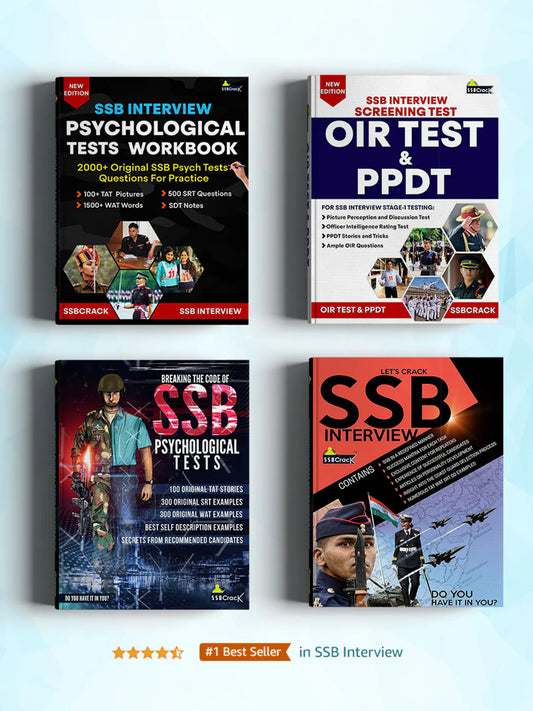
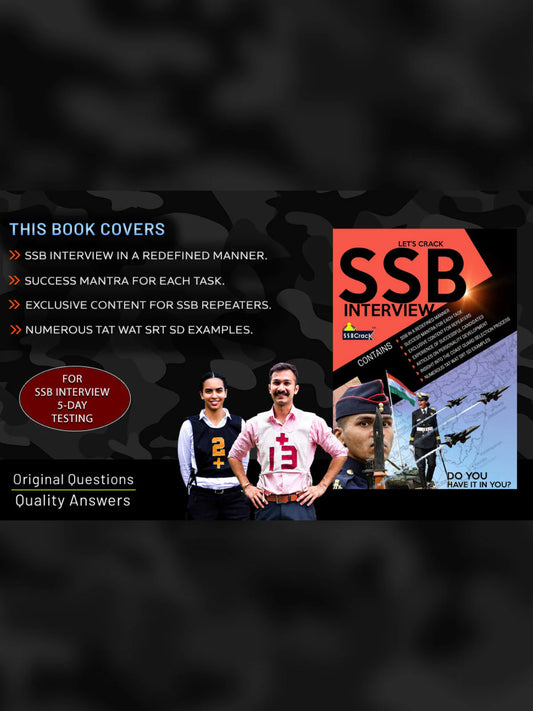
![Let's Crack SSB Interview Book [Paperback]](http://shop.ssbcrack.com/cdn/shop/files/ssb-books.webp?v=1736351621&width=533)
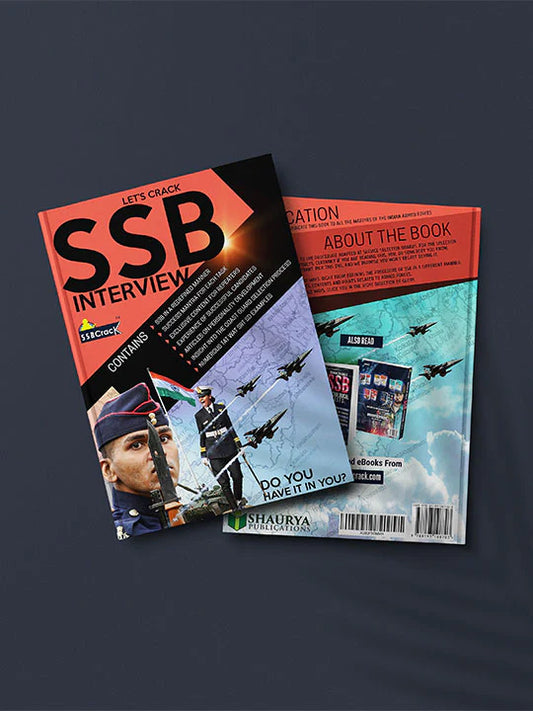
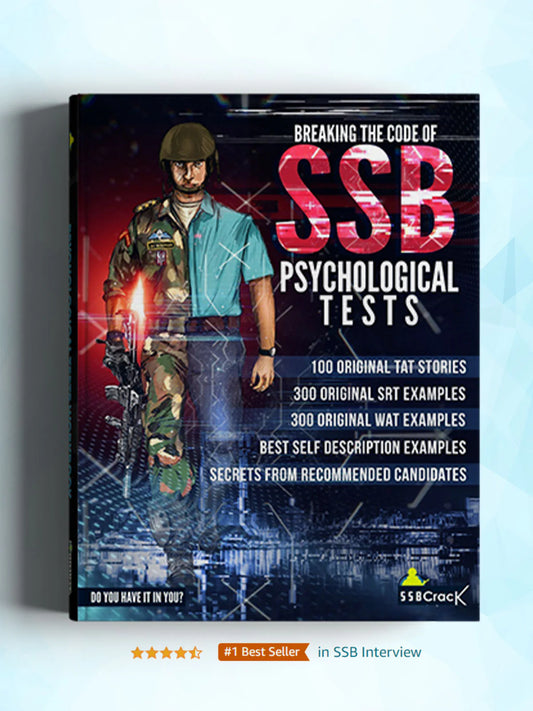
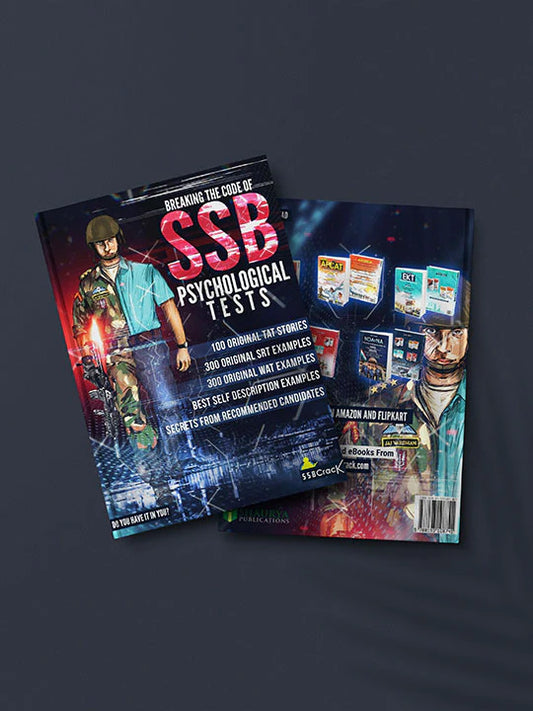
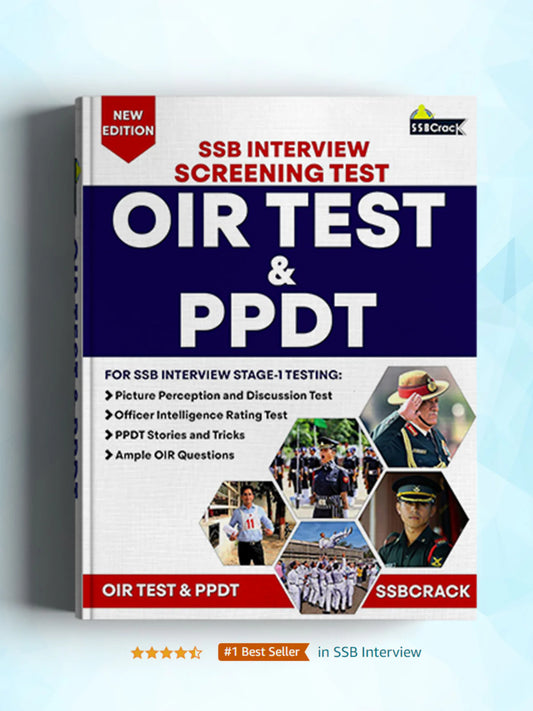



![Thematic Apperception Test (TAT) Part 1 eBook [100+ Stories]](http://shop.ssbcrack.com/cdn/shop/files/TAT-ebook-part-1-ssbcrack_051ae49c-43ea-4eb4-95c7-0fa0bfa2a639.jpg?v=1735540406&width=533)
